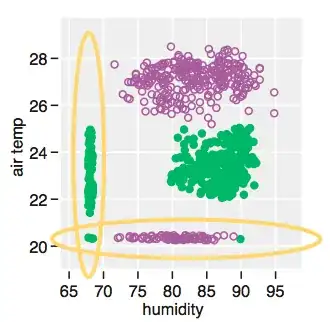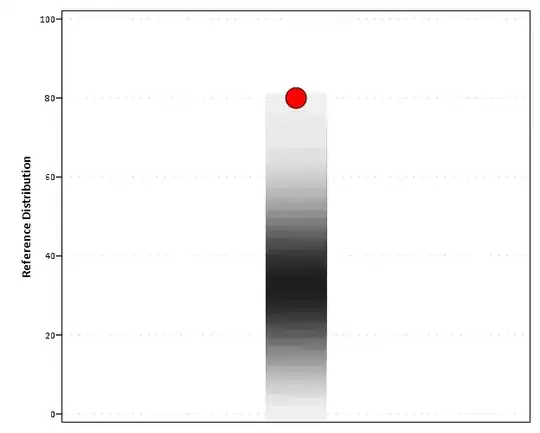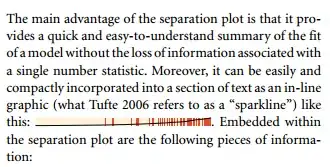Is there an official name for this extremely simple plot, in which vertical lines indicate the distribution of some samples in a range?

Is there an official name for this extremely simple plot, in which vertical lines indicate the distribution of some samples in a range?

The first example I have seen them referenced in are Strips displaying empirical distributions: I. textured dot strips (Tukey and Tukey, 1990) although I have never been able to actually get that technical report.
Tim is right: they are often accompanied as the rug on an additional plot to show the location of individual observations, but rug plot is a bit more general and that type of plot is not always on the rug of another plot as your question shows!

So a rug plot is not always a set of lines on the borders of another graph, and that type of plot in your question is not always on the margins of another plot. Here is an example of the lines superimposed on a kernel density instead of on the rug of the plot, called a beanplot. The larger lines I believe are used to visualize different quantiles (a.k.a. letter values) of the distribution.

(source: biomedcentral.com)
In Wilkinson's Grammar of Graphics it may be considered a one-dimensional scatterplot but using line segments instead of the typical default of circles. The point of this is to prevent many of the nearby points from being superimposed. If you have many points and draw them semi-transparently they eventually turn into a density strip, see the final picture in this post.

I've even seen them suggested to use as sparklines (Greenhill et al., 2011) in that example to visualize binary data. Greenhill calls them in that example separation plots, and here is an example taken from the referenced paper (p.995):

So in that example there are values along the entire axis, and color is used to visualize a binary variable. The black line in that plot is the cumulative proportion of red observations.
It is called a rug plot (see e.g. here or here). In R it can be made with a rug function.
The plot seems to appear also under another name, as strip chart, it is referred like this by Phillip I. Good in Introduction to Statistics through Resampling Methods and R/S-Plus (2005, Wiley). In R it is called by stripchart function.
It seems that the tiny version that often accompanies a larger plot is called rug plot, while the standalone plot made of points or vertical lines is named strip chart.
In commercial tagging of goods, Barcode or
if they are lines of frequency plotted on time, Spectrum.
EDIT1
When in electromagnetic clouds or gas chromatographs strengths are plotted linearly on frequency scale then also we can say Spectrum.
I've same problem: What is the name of "bar code" like visualization for true/false data
My goal is represent a list of true/false array corresponding to an array of words in a fixed place in array. Like representation of "light spectrum" to identify the assorbement of specific a light wave .... in a same situation i want enphatize the missing words and the presents words
I the found on Vega the Strip Plot
https://vega.github.io/vega-lite/examples/tick_strip.html
I think that for my goal is better name to represent my visualization idea